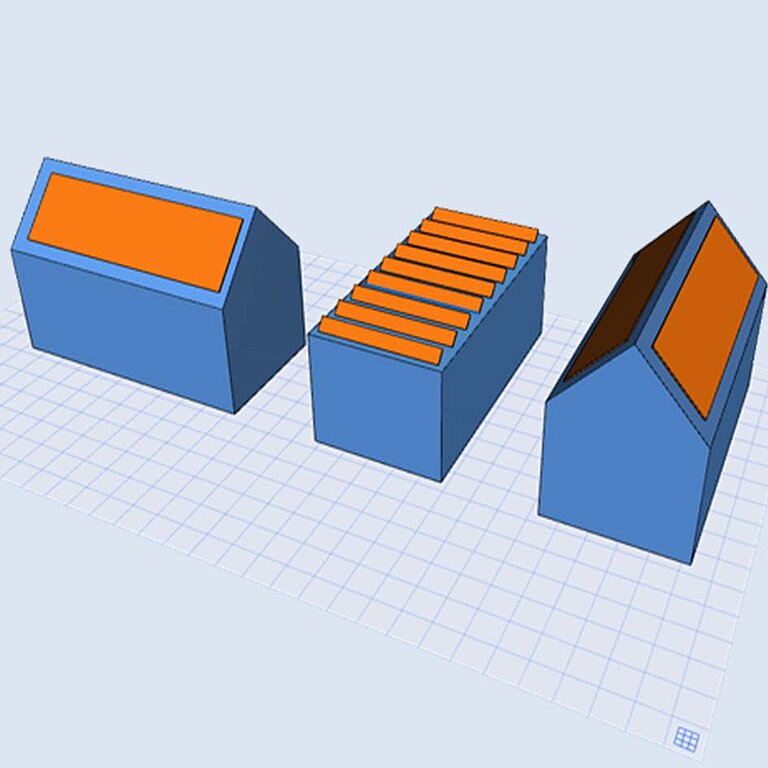Climate mitigation potential of building equipment and HVACR in buildings

For the analysis of geographic restrictions, a geodata-based building energy model linking the models “heatmap Germany” and GEMOD was designed. With the help of this model, the economic potential of district heat expansion was inferred.
In addition, the geodata-based model allowed the calculation of potential limitations for brine/water heat pumps fitted with a downhole heat exchanger. The results were based on several assumptions for region-specific individual restrictions. Interactions between the restrictions were illustrated with the model for three million building blocks in Germany. These restriction were further superseded by the restrictions applicable to all central heat pumps in buildings, which result from the inverse relationship between annual coefficient of performance and flow temperature. The analyses were supplemented with data from interviews with drilling contractors who carry out deep drilling for heat pumps, and with district heat network operators.
In an additional geodata analysis, the potential for heat supply from deep geothermal energy was explored and modelled for a range of production costs.
The potentials for solar power installations were modelled by projection into the future of an existing, very detailed analysis for single-detached dwellings. Multiple-dwelling units were modelled in exemplary simulations with maximum-size photovoltaics collectors. Based on these assumptions, the relationships between solar coverage and heat demand was calculated. The result was fed into the building model for calculation of the total potential.
The potentials of local solar heat were calculated based on the district heat potential and potential coverage thereof.
The potentials for heat generation from biomass were adopted from existing analyses, and existing dependencies and scopes were characterised.
After characterisation of the individual potentials, the mechanisms governing their interactions were analysed and the most efficient combinations of renewable energy carriers were identified. Both individual potentials and their interactions were dependent on the useful heat demand. The correlation was calculated considering two different key scenarios, solar thermal energy, biomass and district heat, and decentralised heat pumps. The maximum primary energy efficiency as a function of heat demand was calculated for both key scenarios. Its trend determines the potential for primary energy reduction through plant technology. In combination with the potential limit for heat demand reduction, the plant technology potential limit restricts the future field of action for the German building stock.
The potential limit for heat demand reduction was calculated as a function of the system energy expenditure, thus allowing a sound projection of the expected trend for this potential limit and it determinants.
There remains a certain flexibility on how to achieve the intended 80% reduction of primary energy consumption. A 95% reduction strictly through technology measures assuming current state-of-the-art technology is just possible with the exploitation of all potentials.
Runtime
March 2015 – August 2016
Funding
Federal Ministry for Economic Affairs and Energy (BMWi)Partner
Beuth University of Applied Sciences Berlin
Info
Final report (in German, pdf, 9 MB)
Blömer et al. (2017): Die Rolle von Wärmenetzen im Wärmemarkt der Zukunft. (pdf, 1,2 MB, http://www.et-energie-online.de)
